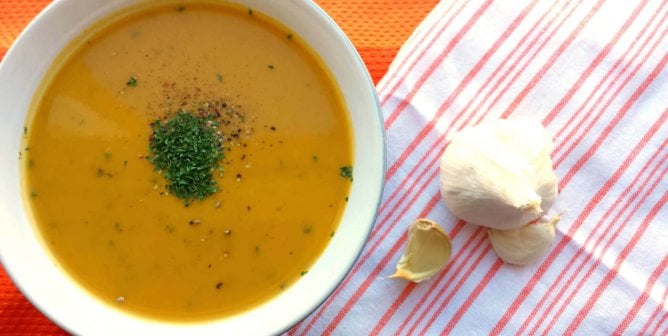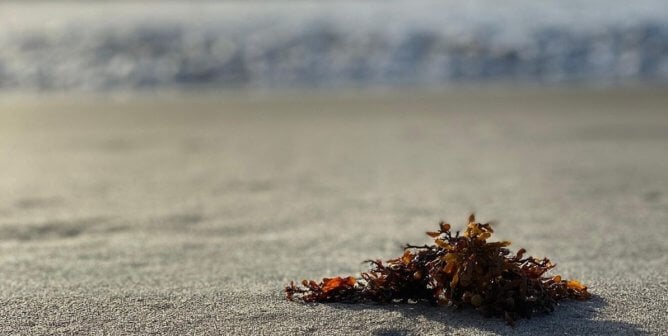Passover is an important holiday in the Jewish faith, lasting eight days and commemorating the freedom of the Israelites from slavery in Egypt. The first day of Passover begins with the Seder feast, which can easily be made vegan.
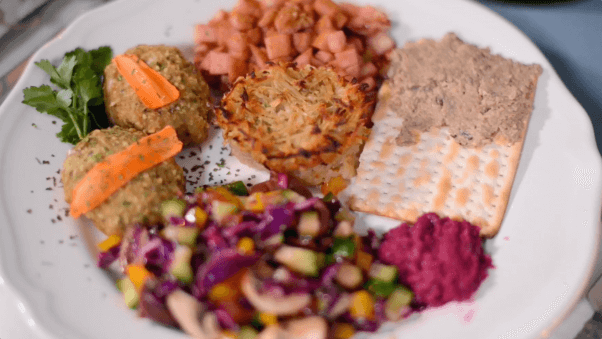
Many vegans who celebrate Passover use a flower on the ritual Seder plate—to symbolize spring and life—instead of the traditional egg. Using an egg from a chicken who spent her short existence squeezed inside a tiny crowded cage is no way to celebrate life! And in place of the customary shank bone, many Jews use a beet, as allowed in the Talmud.
Here’s how to replace the animal foods often found on the Passover table with delicious, healthful, and humane dishes:
How to Set a Vegan Seder Plate
Charoset
This is traditionally a mixture of chopped nuts, apples, honey, spices, and wine. Check out our delicious, honey-free version.
Zeroa
Red beet is permitted on the Seder plate in lieu of a lamb shank.
Maror
The Torah commands that “bitter herbs” be eaten. Romaine lettuce, horseradish, and celery all suffice as bitter herbs.
Beitzah
You can substitute an egg with an avocado, a flower, or a white eggplant (without the stem).
Karpas
Any green will do, but spring parsley is a popular choice. Dip the green in saltwater or vinegar (depending on your tradition) before consuming.
Wine
The Haggadah also calls for four cups of wine to be consumed over the course of the Passover Seder ceremony. Look for a vegan wine that’s marked with a P, which means that it’s Kosher for Passover. The popular Manischewitz brand is also kosher and vegan-friendly.
Traditional Passover Recipes
Matzah Ball Soup
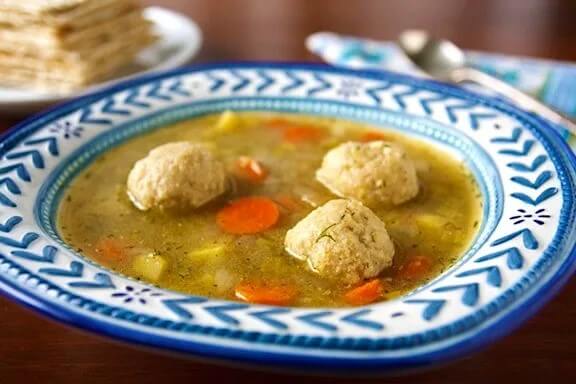
Gefilte “Fish”
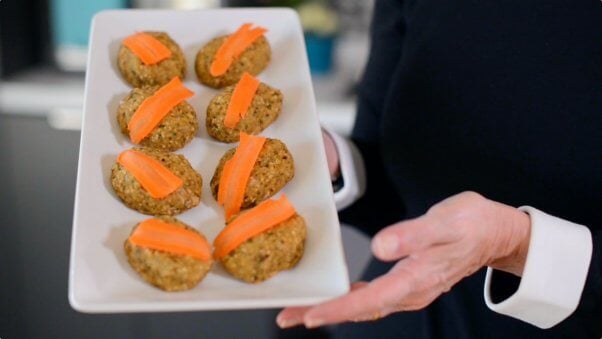
Rainbow Israeli Salad
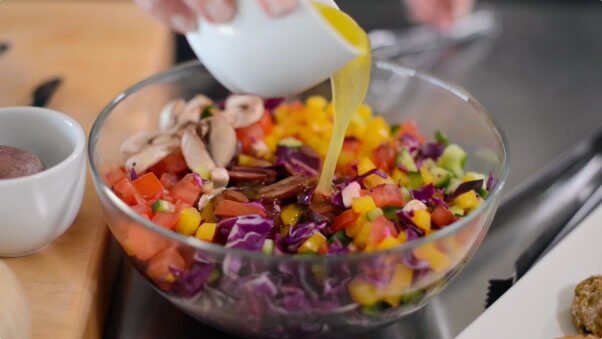
Kugel
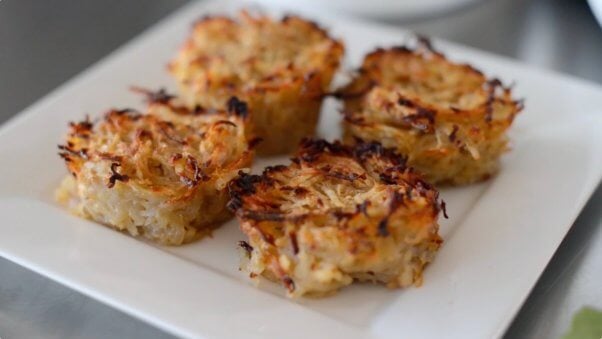
Chopped “Liver” Spread
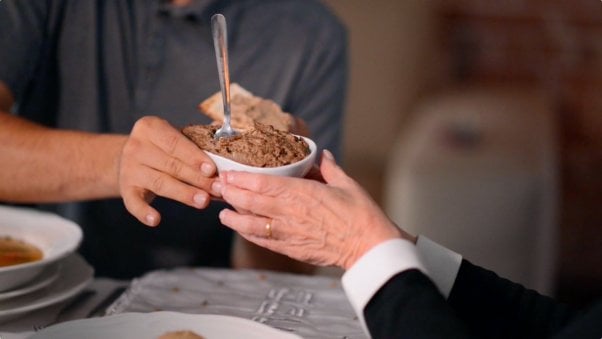
Other Recipe Ideas
Creamy Pesto Quinoa
Matzah Meal Pancakes
Chocolate Matzah Brittle
Click here to learn more about having a vegan Passover, and download a vegan Haggadah here. Shabbat shalom and Happy Passover!
Text VEG to 73822 to get the latest vegan lifestyle tips, recipes, and urgent action alerts texted right to your phone.
Terms for automated texts/calls from PETA: https://peta.vg/txt. Text STOP to end, HELP for more info. Msg/data rates may apply. U.S. only.





